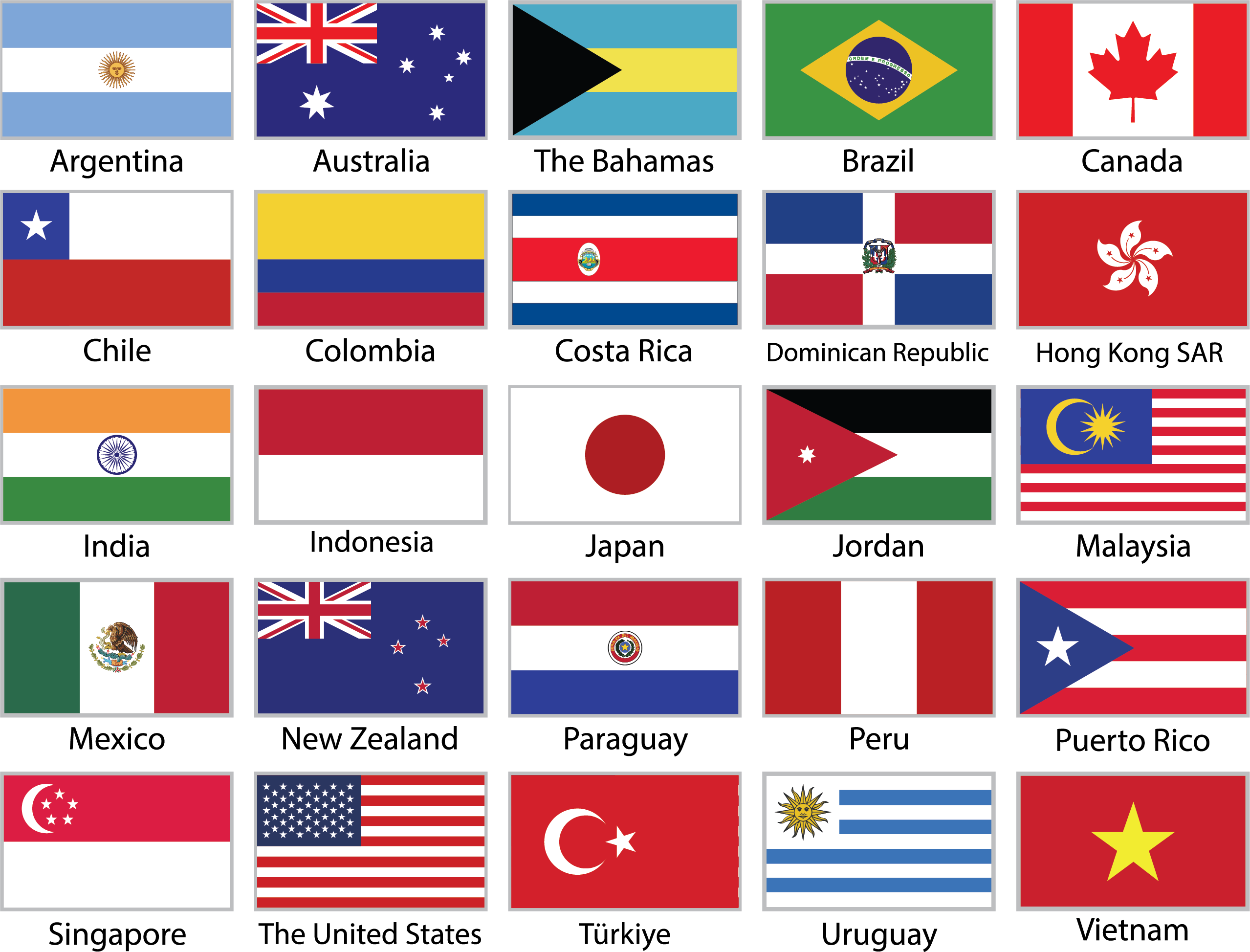Forbes.com FEB 12, 2019 Katie Chang
With wellness on the tips of everyone’s lips, seeking the best ingredients available – turns out, there’s truth to the adage “you are what you eat” – has never been a greater priority. While picking plum produce is fairly straightforward, making educated decisions about beef, unfortunately, isn’t so cut and dry. And here in the United States – where the average American was expected to down over a record-breaking 222 pounds of meat (including beef) in 2018 – it can be downright confusing.
Need proof? Head to the produce aisle of your favorite grocery store, pick up any vegetable or fruit, and look for its sticker. From the printed PLU (price look-up) code, you can quickly spot how it was grown. (For example: organic produce is identified by a five digit code starting with 9, while genetically-modified produce is marked by a five digit code beginning with 8.) On top of that, most retailers will also indicate origins, so you know if it’s from a local farm or has been flown in from overseas.
Now, head to the meat section. Whether you’re looking at pre-packaged cuts or your butcher’s case, there’s far more language to sift through. Even the most informed epicureans can find it difficult deciphering what words like natural, grass-fed, and organic really mean.
American consumption of beef shows no signs of slowing, but there’s a dark side to the story: the conventional, readily available stuff comes at a high price to most everyone (animals, farmers, environment, consumers) except for the guys at the top of the pyramid. For decades, the American beef industry has sacrificed quality, sustainability, and yes, compassion – I’m of the belief if you’re going to eat anything with a heartbeat, raise it humanely as possible – to pump up production and profits.
Click here to read the full article.

How This Tiny New Zealand Company Is Producing The Best Beef In The World
Posted: March 5, 2019 by Certified Humane®
Forbes.com FEB 12, 2019 Katie Chang
With wellness on the tips of everyone’s lips, seeking the best ingredients available – turns out, there’s truth to the adage “you are what you eat” – has never been a greater priority. While picking plum produce is fairly straightforward, making educated decisions about beef, unfortunately, isn’t so cut and dry. And here in the United States – where the average American was expected to down over a record-breaking 222 pounds of meat (including beef) in 2018 – it can be downright confusing.
Need proof? Head to the produce aisle of your favorite grocery store, pick up any vegetable or fruit, and look for its sticker. From the printed PLU (price look-up) code, you can quickly spot how it was grown. (For example: organic produce is identified by a five digit code starting with 9, while genetically-modified produce is marked by a five digit code beginning with 8.) On top of that, most retailers will also indicate origins, so you know if it’s from a local farm or has been flown in from overseas.
Now, head to the meat section. Whether you’re looking at pre-packaged cuts or your butcher’s case, there’s far more language to sift through. Even the most informed epicureans can find it difficult deciphering what words like natural, grass-fed, and organic really mean.
American consumption of beef shows no signs of slowing, but there’s a dark side to the story: the conventional, readily available stuff comes at a high price to most everyone (animals, farmers, environment, consumers) except for the guys at the top of the pyramid. For decades, the American beef industry has sacrificed quality, sustainability, and yes, compassion – I’m of the belief if you’re going to eat anything with a heartbeat, raise it humanely as possible – to pump up production and profits.
Click here to read the full article.
Category: news, slider